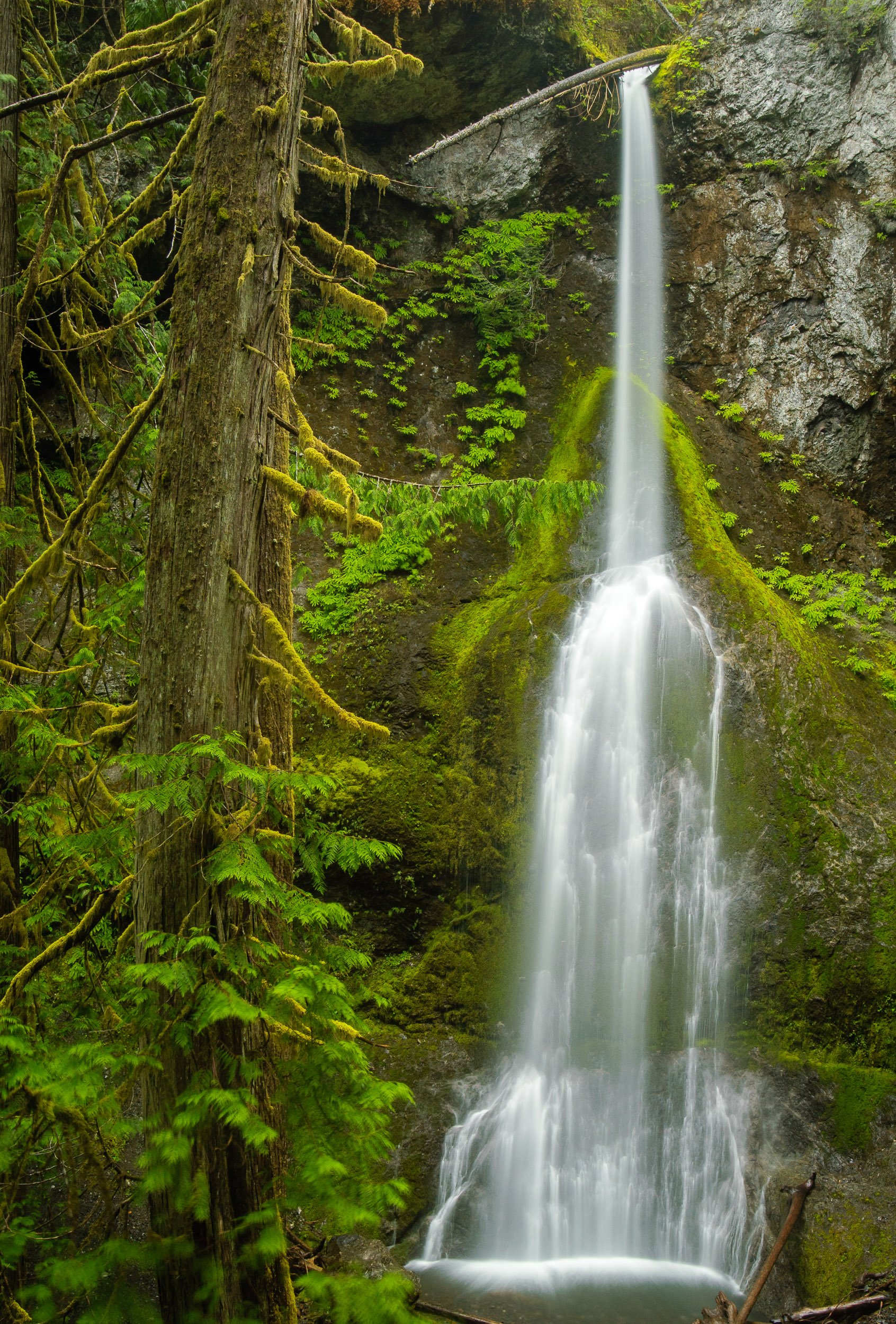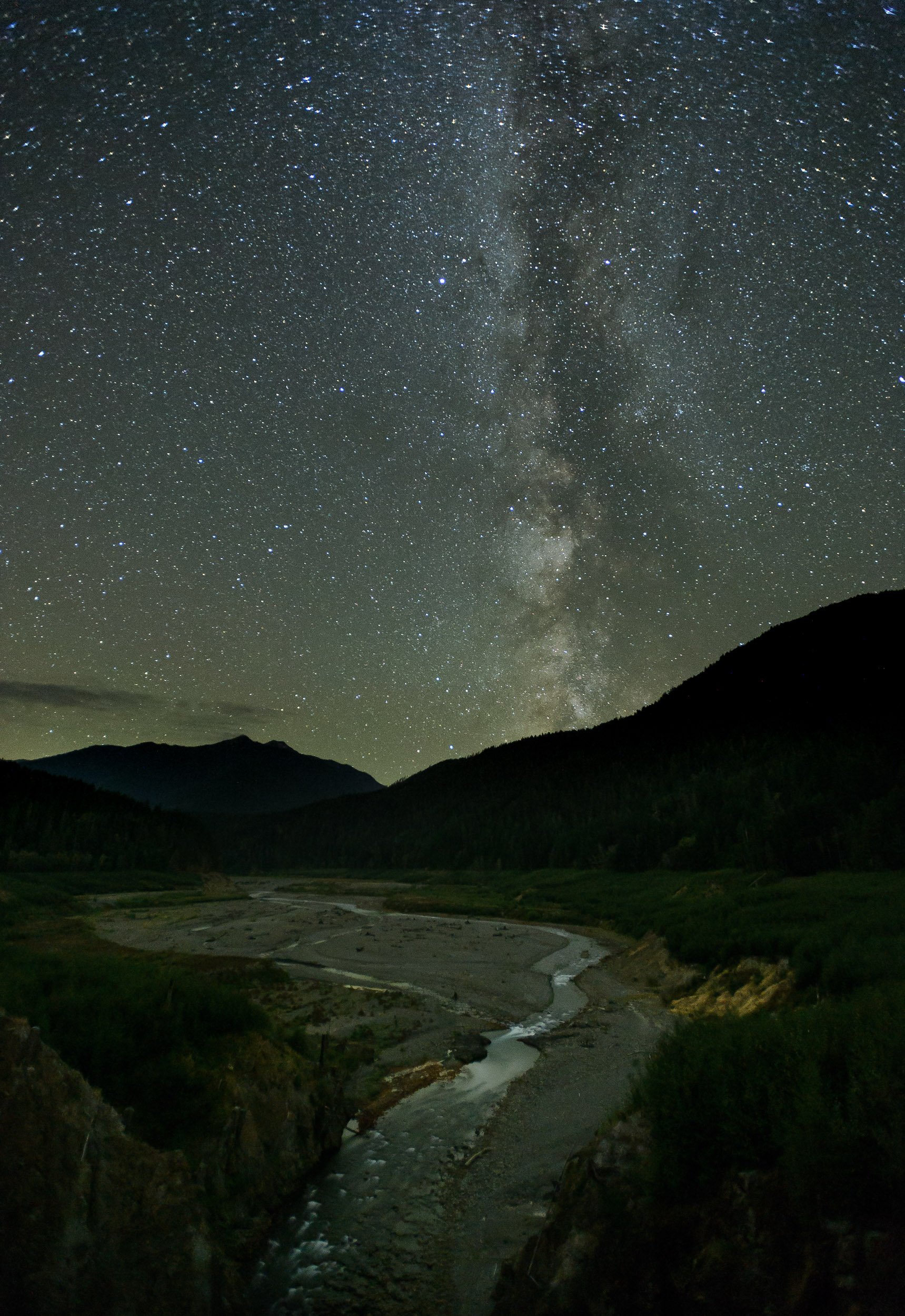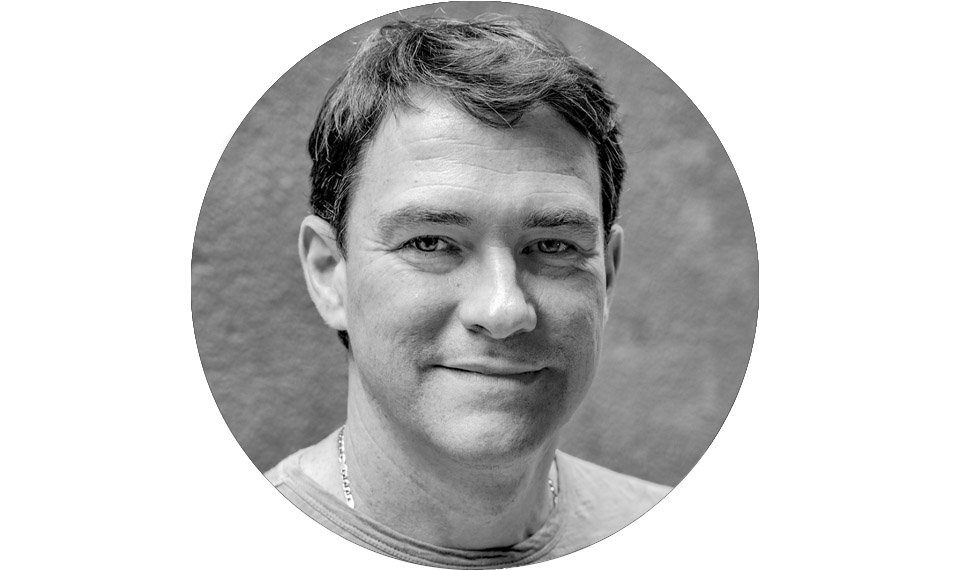Olympic National Park
The winner of the National Parks at Night alumni "return to this park" vote! For 6 nights, photograph on the rugged mountains, in the vibrant rainforests and along the pristine coastline of Washington state’s Olympic National Park, one of the most beautiful and diverse national parks in the U.S.
Workshop Details
September 16-22, 2023 — Completed
This is a 6-night, 7-day workshop. Your adventure begins on the morning of Saturday, September 16, and ends after a slide show on the afternoon of Friday, September 22.
$2,649 + applicable taxes. Register below.
Skill level
Open to all who have an understanding of the basic principles of photography and of their cameras.
Group size
14, with 2 instructors — 7:1 ratio
NPS website
Workshop Leaders
Registration
This event has passed. Thanks for your interest!
| • Deposit of $700 is required to reserve your spot at the workshop. |
| • Balance of $1,950 is due on June 18, 2023. —> Pay balance here. |
| • You may choose the “Pay in Full” ticket if you desire to pay all at once. |
| • Last day for a cancellation request is June 17, 2023 (see cancellation and refund policy). |
| • The workshop fee does not include lodging, food, airfare, Olympic entrance fees, or transportation to the lodging or to our nightly shoot locations. |
The Olympic Experience
Olympic National Park is contained wholly on the Olympic Peninsula, a beautiful arm of land a few hours west of Seattle and Puget Sound, bordered to the north by the Strait of Juan del Fuca and to the west by vast stretches of the open Pacific Ocean. Within park boundaries are three distinct ecosystems, all pristine, all beautiful, and all rife with opportunities for amazing night photography.
In the mountains we’ll explore views of the Olympic peaks, surrounded by alpine meadows and towering evergreens—an ideal place for wide-angle lenses and stunning astrolandscape photography. In the rainforest we’ll discover scenes reminiscent of fantasy novels and fairy tales—a place that will inspire and challenge your light-painting prowess. On the coast we’ll work around tide pools and sea stacks and the scattered enormous trunks of ancient driftwood—one of the most perfect places on earth for photographing the stars over distant ocean horizons.
This early autumn workshop will entail six nights and seven days in some of the most beautiful scenery in the Northwest, plus classroom time to learn night photography skills to use in the field. The gorgeous night skies of Olympic will be perfect for photographing star points and star trails over iconic locations such as Hurricane Ridge, Rialto Beach, Ruby Beach, Lake Crescent and the Elwha River Valley; and the surreal Hoh Rainforest, like a scene out of Tolkien, will serve as an otherworldly canvas for our light-painting flashlights. Hiking will be involved to get to some amazing places to photograph.
Though Olympic is most highly visited in summer, many locals consider September to be the best month to spend in the park. The air is clean and crisp, colorful mushrooms pop from the soil, and elk in rut can be heard bugling among the spruce and hemlock in the rainforests and valleys. And if we’re lucky, we’ll get to photograph bioluminescence in the crashing waves of the Pacific. And who knows, with all the heightened solar activity of the past couple of years, perhaps we’ll even see an aurora or two.
What You Should Know
Participants must have at least basic photo skills, know their cameras well, and be comfortable shooting RAW in manual mode with a DSLR or high-end mirrorless camera.
Night photography experience is not necessary, but even folks with extensive experience shooting at night will find this workshop challenging, stimulating and inspiring. For more advanced night photographers, we can offer a portfolio review and specific challenges and goals, and will offer guidance in the field if you mainly want to concentrate on creating portfolio images or learning more advanced techniques.
If you would like to attend this workshop but are unsure whether you have adequate night photography skills, we can offer pre-workshop tutoring to get you ready for your adventure with us. Alternatively or additionally, a few of us have written books that may be productive pre-workshop reads.
What You Will Learn
We hope to inspire you to step outside your comfort zone—to test the limits of what you and your camera can do.
TOPICS COVERED WILL INCLUDE:
blue hour blends
Milky Way and star-point photography
star trails
using PhotoPills to plan your images
light painting
exposing for bioluminescence
and more …
This workshop will have both field and classroom instruction. Participants can stay out shooting as long as they, or their camera’s batteries, hold out. While in the field, the instructors will demonstrate their own techniques and will work with participants to make sure everyone gets the most out of the workshop.
Our locations have generous room to explore, so everyone will be able to spread out and not get in one another’s way. Each participant will have the opportunity to work one-on-one with Chris and Lance in the field.
We do not tell our attendees what to photograph, and won’t line you up in a row to all shoot the same thing (unless it’s helpful to get some people on track). Instead, we encourage you to use what you have learned to create your own unique images, and to let us guide you through the process should you desire. We do not teach you to do what we do, but rather how to develop your own night vision.
Night & Light Conditions
Logistics & General Info
Travel
You are responsible for arranging and paying for your own transportation. The workshop will begin in Port Angeles and will end in Forks.
Rental Car
You will need a rental car.
There is no need for four-wheel-drive.
If you are interested in carpooling or sharing a rental car, let us know and we will try to connect you with another attendee looking for the same.
Nearby Airports:
Sea-Tac (SEA) — 2.5 hours from Port Angeles
Portland (PDX) — 4 hours
Victoria (YYJ) — 4.5 hours
Port Angeles (CLM) — 10 minutes (minimal service)
Chris' tip: Fly to SeaTac and take the ferry across Puget Sound, then drive to Port Angeles from the dock. It's a beautiful trip, and you might even see orcas!
Lodging & Food
The workshop will include 3 nights based out of Port Angeles, a harbor town on the north edge of the peninsula, and 3 nights based out of Forks, famed for being home to the thriving populations of vampires and werewolves in the Twilight novels. The two places are different, one an active international port with varying food options and a great local winery, the other an unassuming town with homey mom-and-pop diners and taverns.
Lodging
You are not required to stay at the official workshop lodging, though doing so does make it easier to meet with the group each morning.
Info and group code will be sent when our lodging partners are ready to begin taking reservations.
If you are interested in sharing a room, let us know and we will try to connect you with someone like-minded in the group.
Food
Port Angeles has myriad food options. Forks has food, but not much variety.
We encourage eating two meals per day—a good breakfast and a great early supper.
When on the night shoots, you may wish to bring snack food or a sandwich and plenty of water.
You are responsible for arranging and paying for your own accommodations and meals.
Weather
The weather in Olympic is so varied that if you ask a ranger what today will be like, they’ll just say, “Where?” Come prepared for a wide range of conditions: everything from warmth during the day at sea level to cold conditions in the mountains at night. Expect daytime highs in the 60s F, some nighttime lows in the high 30s.
Recommended Attire
You can probably get away with not wearing shorts, but otherwise might want a full complement of clothing: long pants (jeans or hiking pants), short- and long-sleeve shirts, a sweatshirt, and a medium-weight jacket. (Being a shoulder season, there’s a chance that mountain temperatures will dip to freezing, another consideration for choice of coat.)
A base layer might not be a waste of packing space. Layers are good.
Also, we will shoot in the rainforest, which could be wet. Bring rain gear—especially consider packing rain pants and waterproof shoes.
Comfortable and protective shoes are recommended for getting around. There won’t be long hikes, but we will be on trails, so quality trail shoes or hiking boots would be optimal. We will be working near water, so waterproof shoes might prove useful as well.
Exertion Level
The exertion level of this workshop is Moderate. (See more about our classifications.)
On at least a few of the nights, we’re going to venture a little off beaten paths. We will be hiking. Sometimes a few miles, sometimes not, but you can expect to move your feet on this workshop.
One hike will be 5 miles round trip on a road. Another will be 3 miles round trip on the shore to an amazing beach. Another will be 3 miles round trip (part of it a little steep) on a trail through mountain scenery. Another will be a 1-mile loop you might want to repeat.
We wouldn’t consider any of these hikes to be difficult, but they do involve walking with photography gear on your back. Please consider your physical abilities prior to registering.
Note: To ensure the safety of individuals and the group, the workshop leaders may use their discretion to limit an attendee from engaging in a vigorous activity on-site should that person’s physical health or ability be in question. If you are unsure about your ability to meet the physical demands of this workshop, we will be happy to discuss your concerns one-on-one before you register. You are also, of course, welcome to attend a workshop and sit out any physical activity that makes you uncomfortable. In such cases, we can provide you with ideas for alternative shoot locations for that time.
Considerations
Because of the distance between some of the park's best environments for photography, we will stay at two different hotels, so there will be a morning when we need to drive a couple of hours between towns.
Please read our FAQs section for more information about skill and gear requirements, and other information that pertains to all our workshops.
If you have questions, please contact us—we're happy to talk it over with you.
The Mesmerizing Olympics …
“I watched the sun set behind mammoth sea stacks while tall, magnificent clouds shifted across the sky, rim-lit by the distant waning light.”
I knew for years that I wanted to go to Olympic National Park. I didn’t know why—there was just something in my soul that yearned to be there. So when I had an opportunity to spend three weeks in Seattle in 2011, I immediately said yes, knowing I would finally be able to visit this national park that had captured my imagination from afar.
My first experience there was with the mountains—the beautiful vistas of Hurricane Ridge, Hurricane Hill and Deer Park. Then I explored the Sol Duc and Hoh rainforests, weaving among the wet and wild scenes of green growing upon green growing upon green.
But it’s my memory of the coast that has especially lingered since that first trip.
I remember visiting Rialto Beach, and my first view of the Pacific from within park boundaries. I parked my car, walked a short distance down a forest-edge trail, and then clambered over the line of massive driftwood logs that separate the Olympic land from the Olympic sea.
The view was stunning. Waves coming from great distances beyond, rolling up onto the stone-strewn shore. Sea stacks standing sentry hundreds of yards out among the receding tide. And a thin fog marching toward land, enveloping the seascape with a mythical aura.
I had intended to visit Rialto for just an hour or so, but instead spent the rest of the day. I hiked north past Ellen Creek, toward Split Rock and Hole-in-the-Wall, and ventured past the promontory. I spied and photographed stones, sea stars and sand dollars revealed by the ebbing seawater. I watched the sun set behind mammoth sea stacks while tall, magnificent clouds shifted across the sky, rim-lit by the distant waning light. In twilight I made the return hike, slowly meandering the shore, enjoying the quiet hush of surf washing the edge of the land.



































